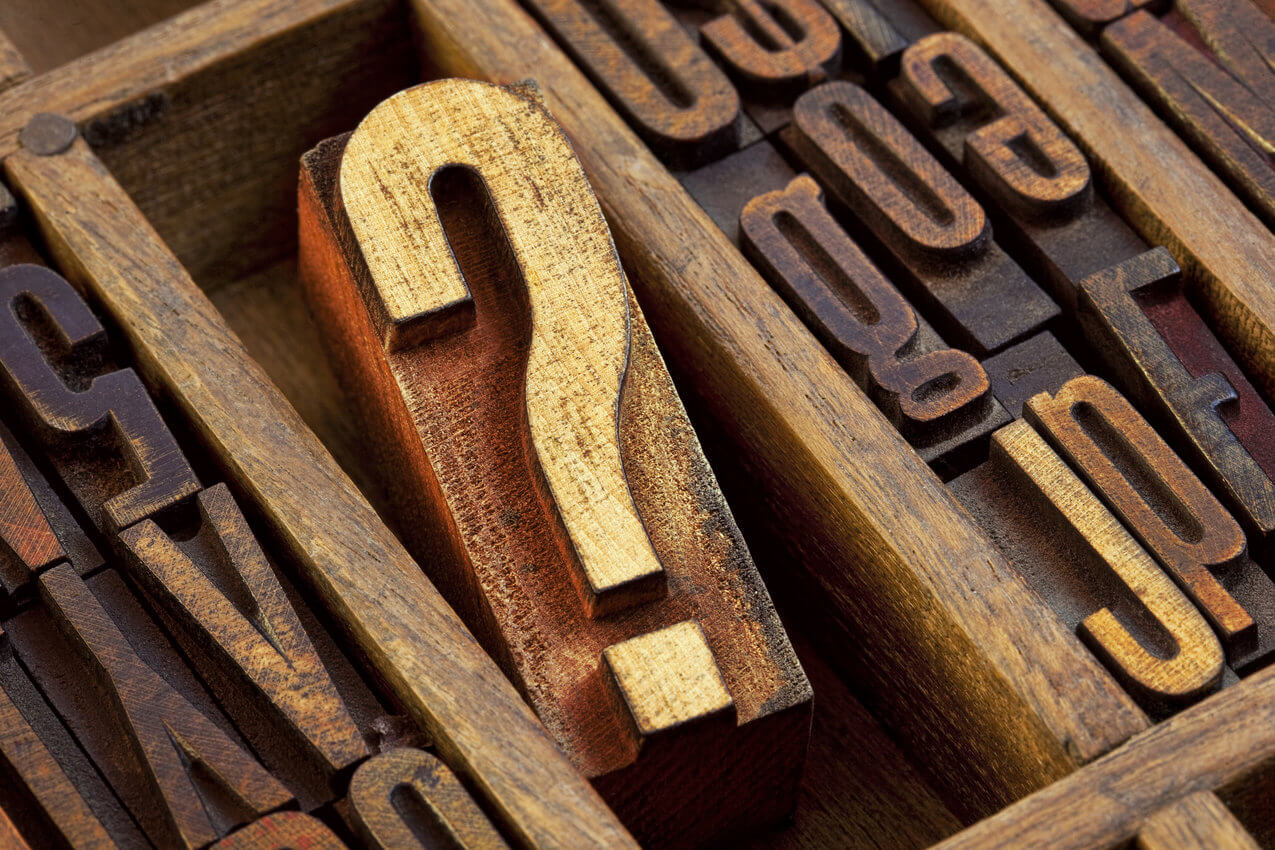So what’s the difference?
There’s a lot of confusion between the terms “Font” and “Typeface”, and they’re often used interchangeably. But, in reality they do represent two different aspects of typography and design.
“Typeface” refers to the aesthetic of the letters — their shapes, designs, and kerning. In short, the typeface is the design that you see. A font, on the other hand, is what you actually use. It’s the file that contains the typeface, and is used to generate the letters.
“Font is what you use, and typeface is what you see.”—Norbert Florendo
It’s a little bit of a blurry line, and one often confused by both designers and non-designers. To understand the distinction a little more clearly, take a look at this article posted by FontFeed in September of 2008.
“The first terminology we agreed upon was in which situations we’d use font and when typeface. Mark Simonson once recapped it handsomely in this discussion on Typophile. The gist of it is that:
the physical embodiment of a collection of letters, numbers, symbols, etc. (whether it’s a case of metal pieces or a computer file) is a font. When referring to the design of the collection (the way it looks) you call it a typeface.
Nick Sherman used an interesting analogy in a comment on Typographica’s Our Favorite Typefaces of 2007:
The way I relate the difference between typeface and font to my students is by comparing them to songs and MP3s, respectively (or songs and CDs, if you prefer a physical metaphor).
Stephen Coles agrees:
When you talk about how much you like a tune, you don’t say: “That’s a great MP3”. You say: “That’s a great song”. The MP3 is the delivery mechanism, not the creative work; just as in type a font is the delivery mechanism and a typeface is the creative work.”


